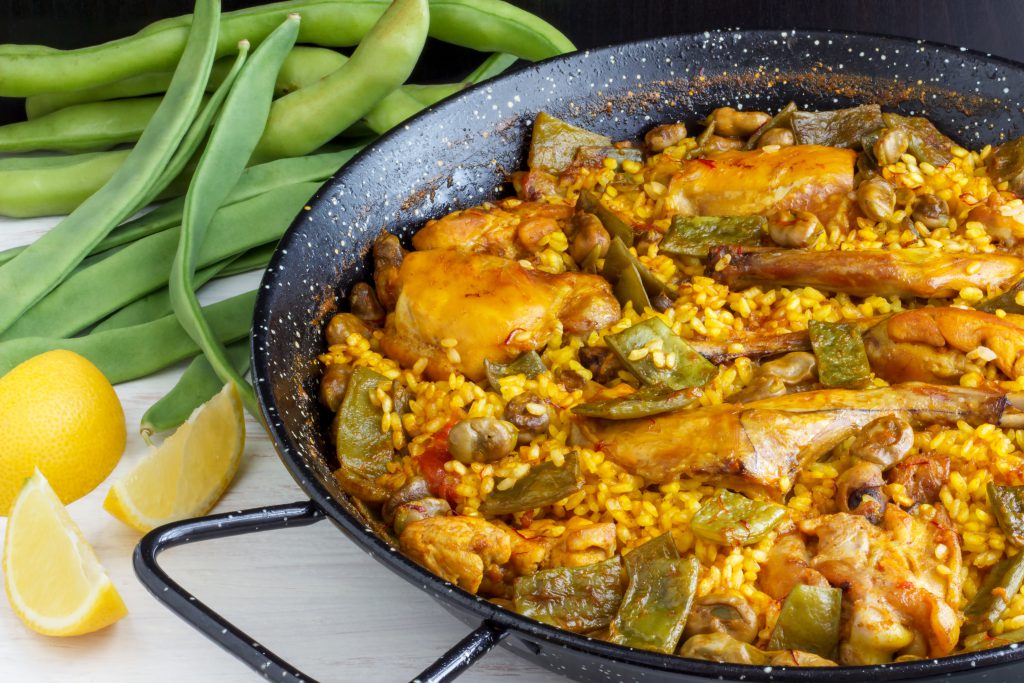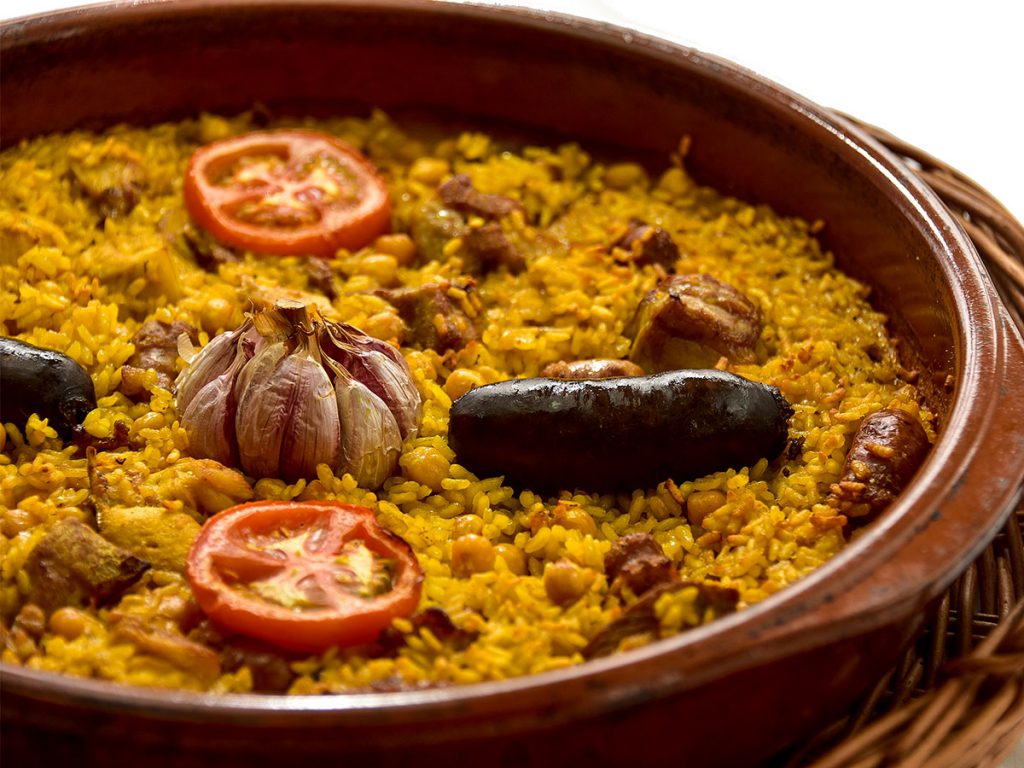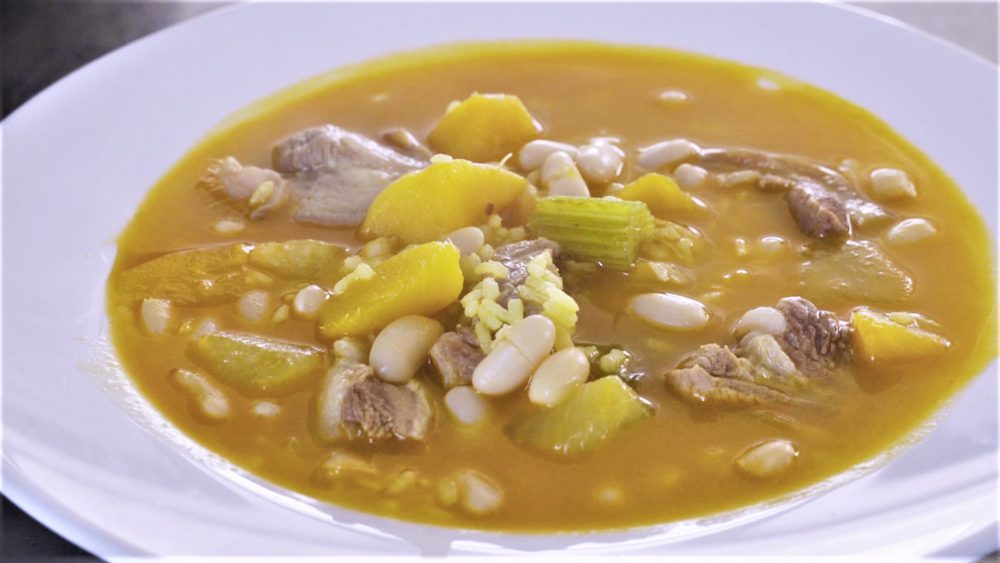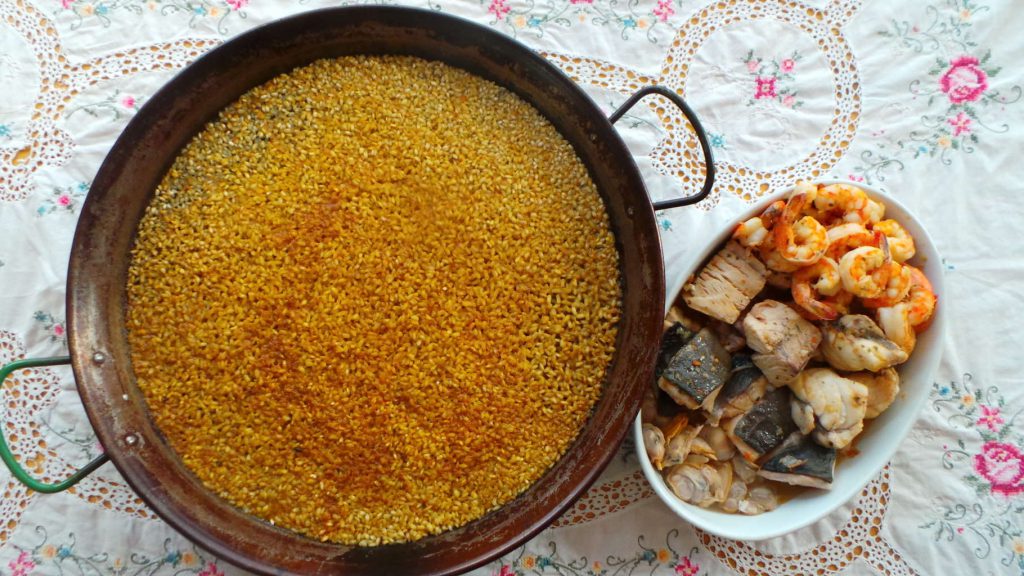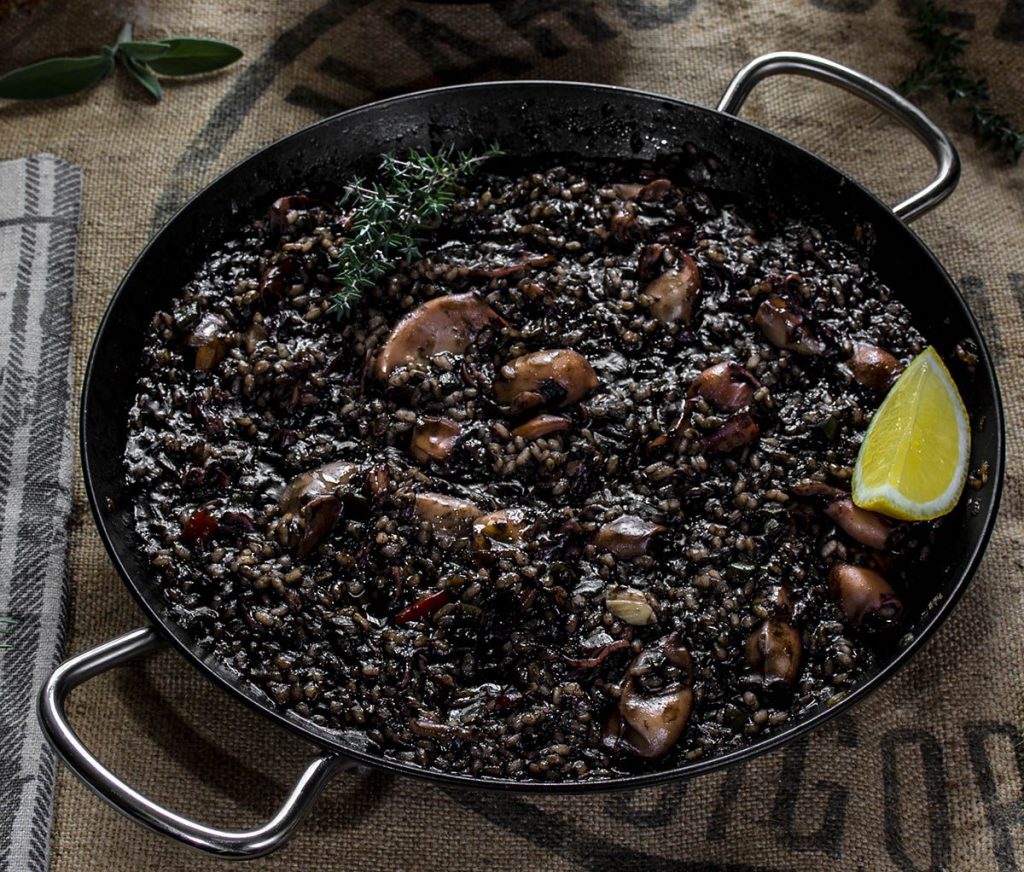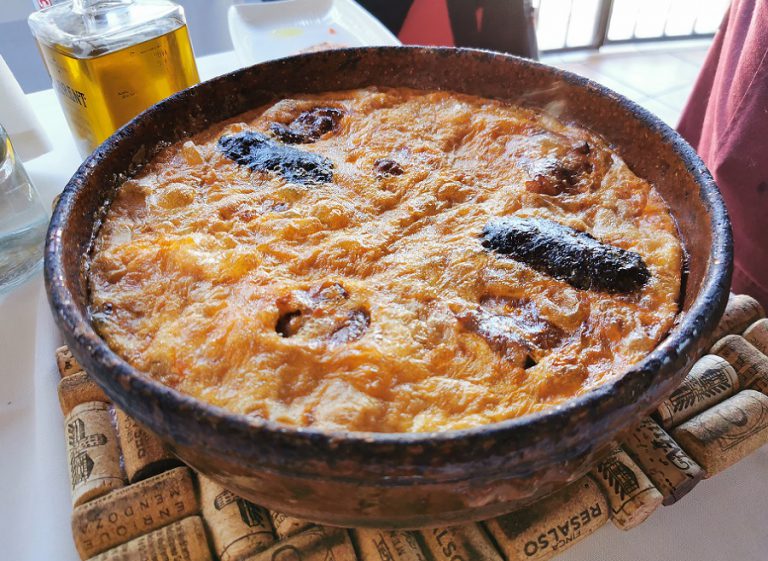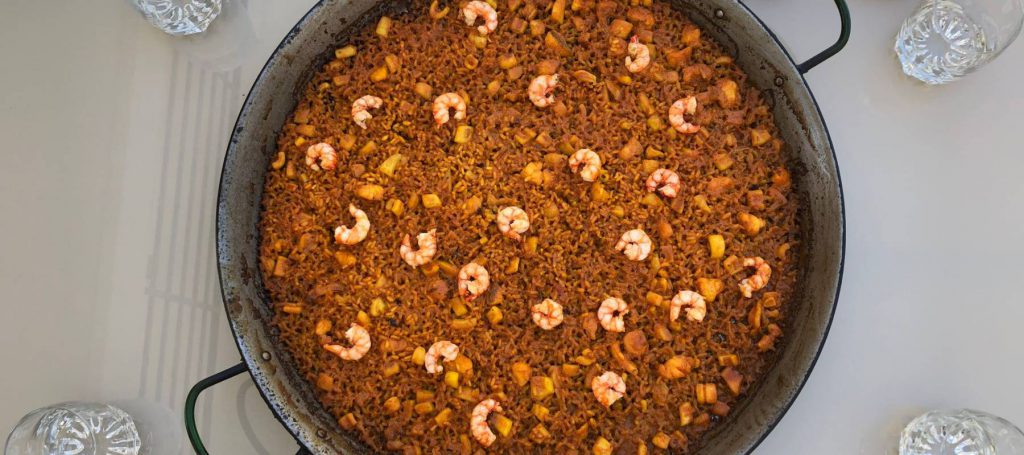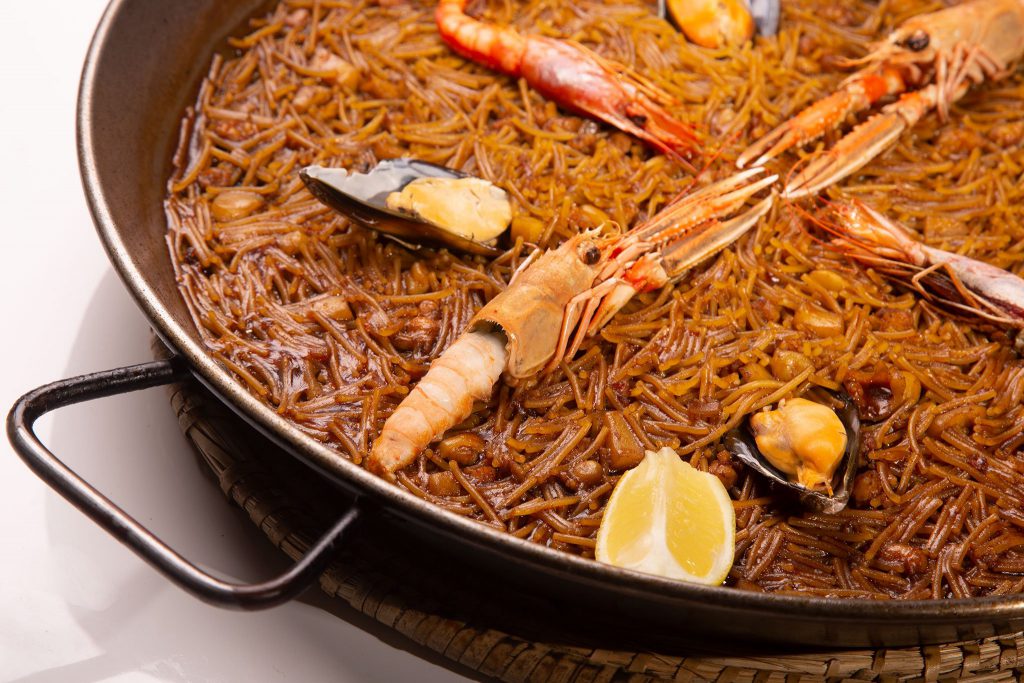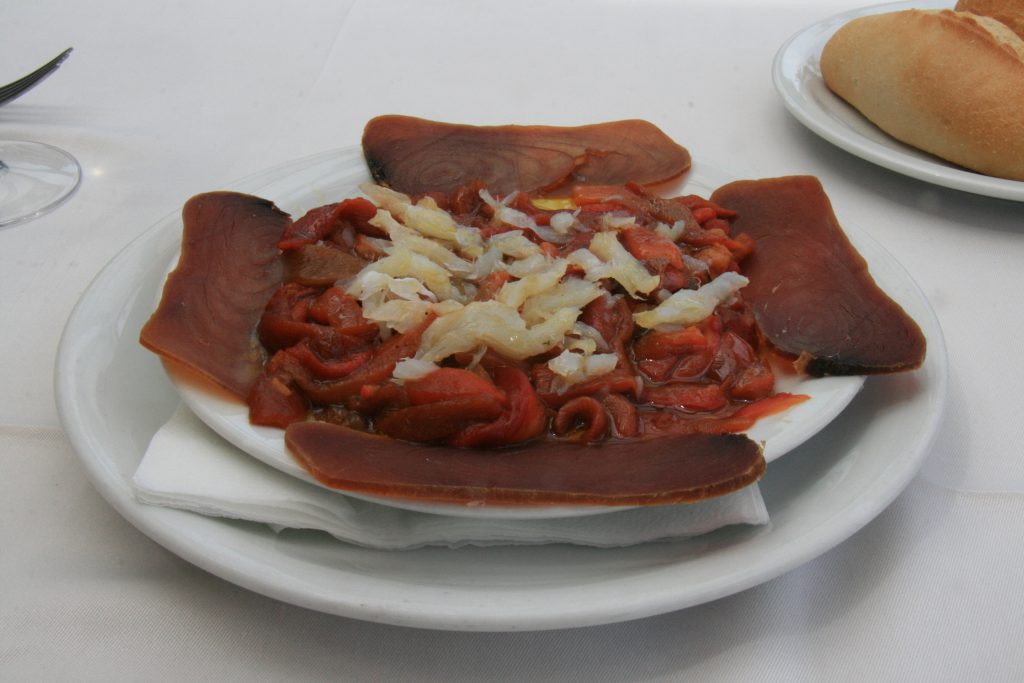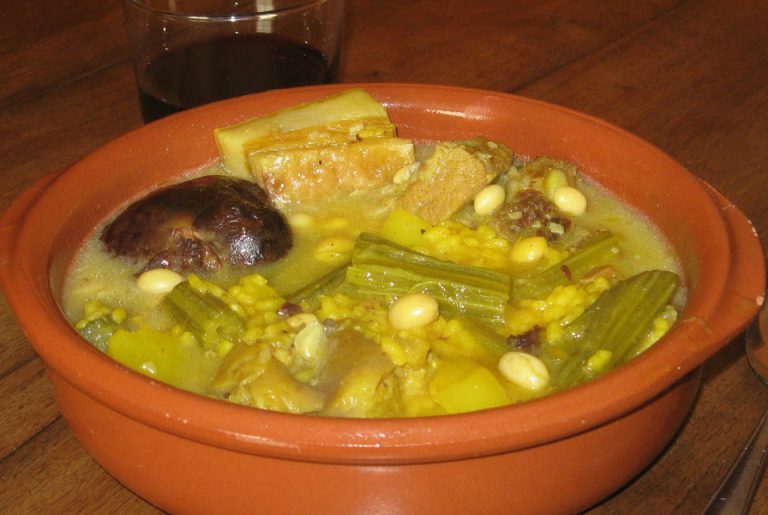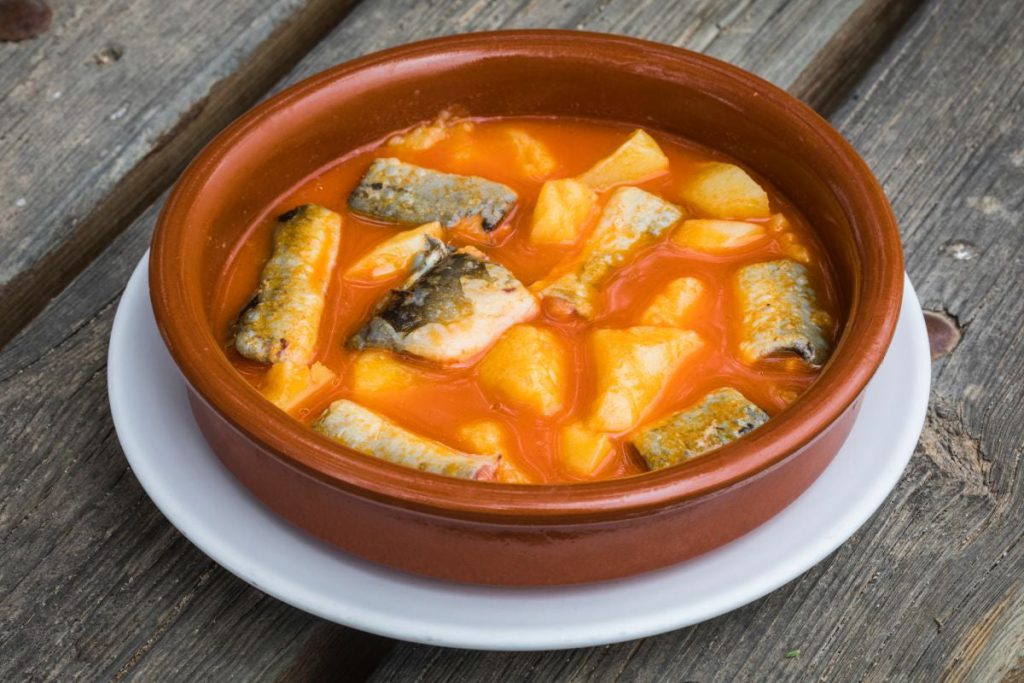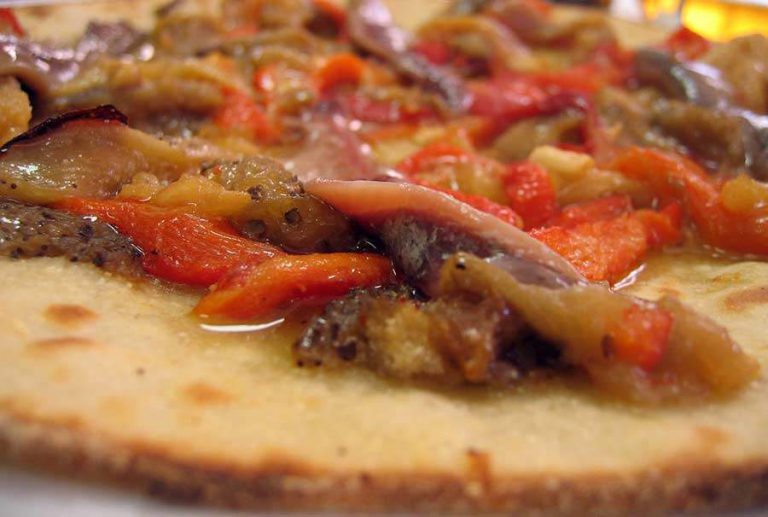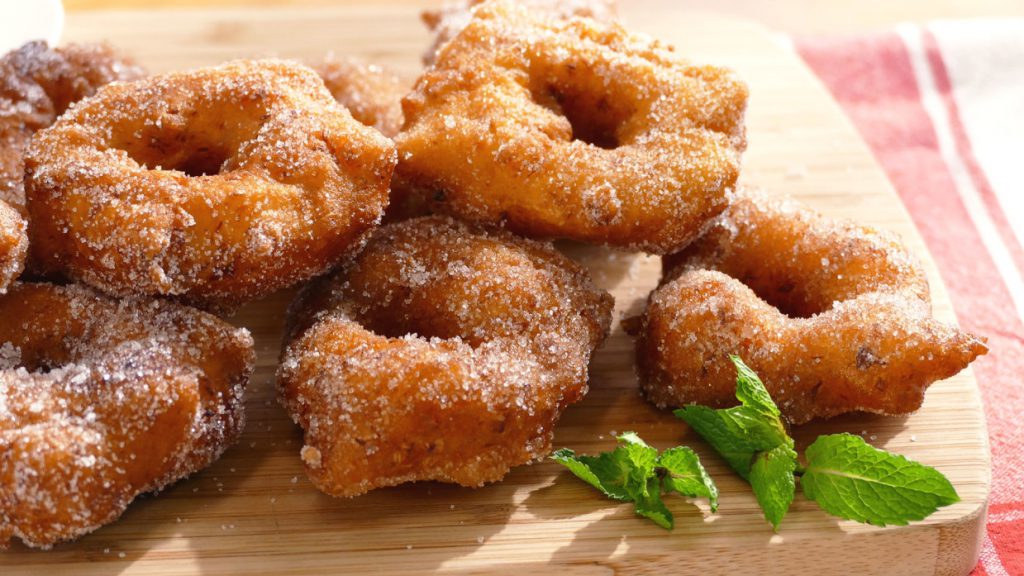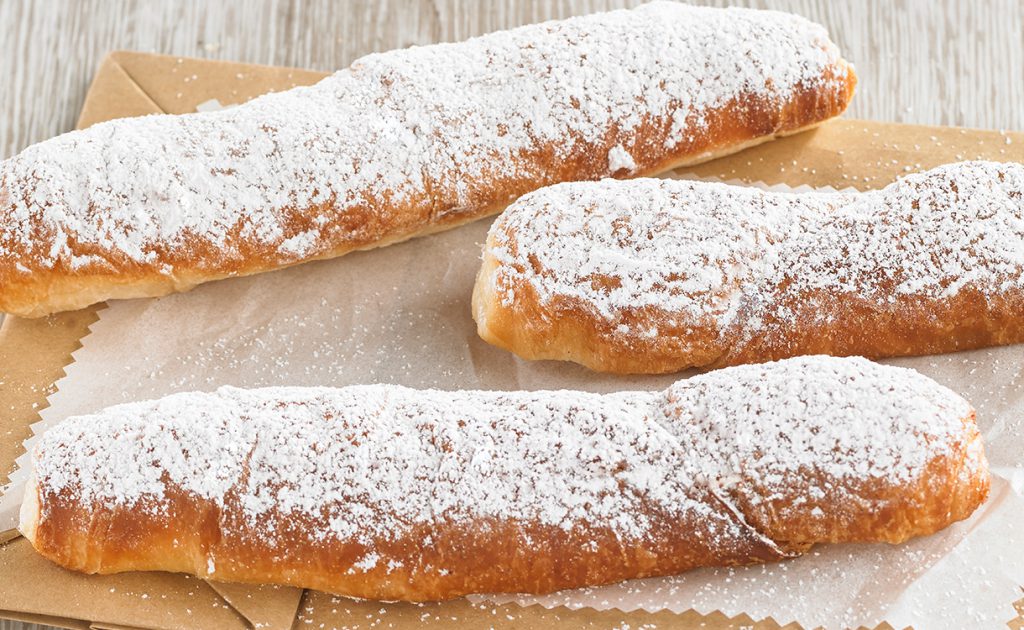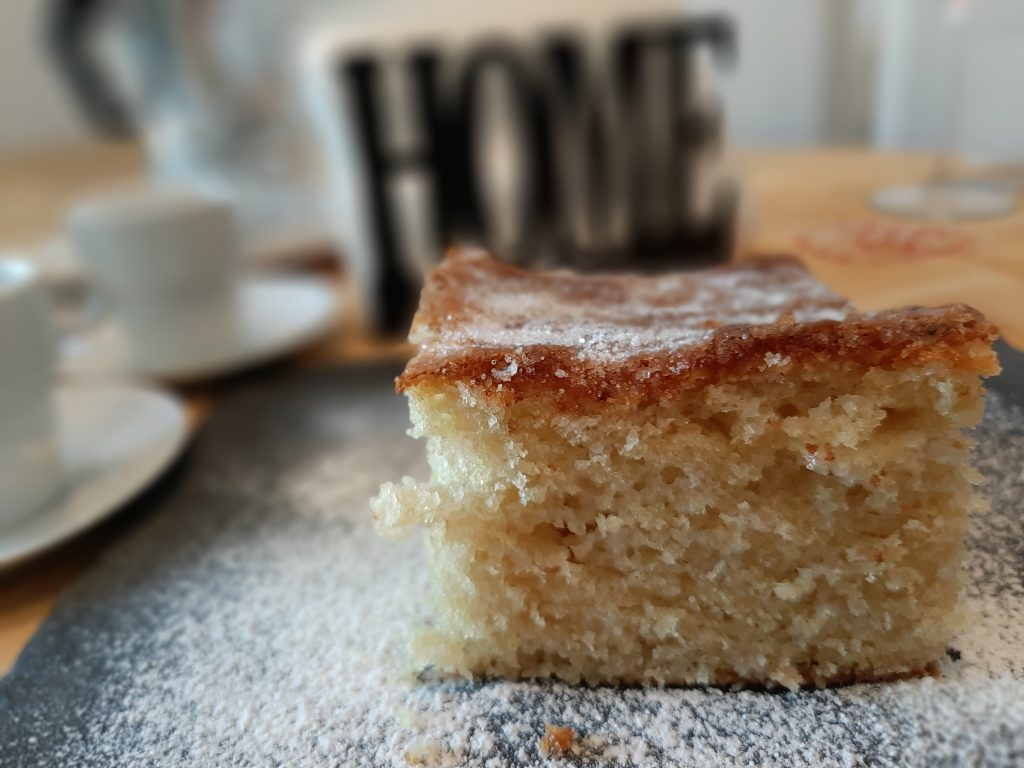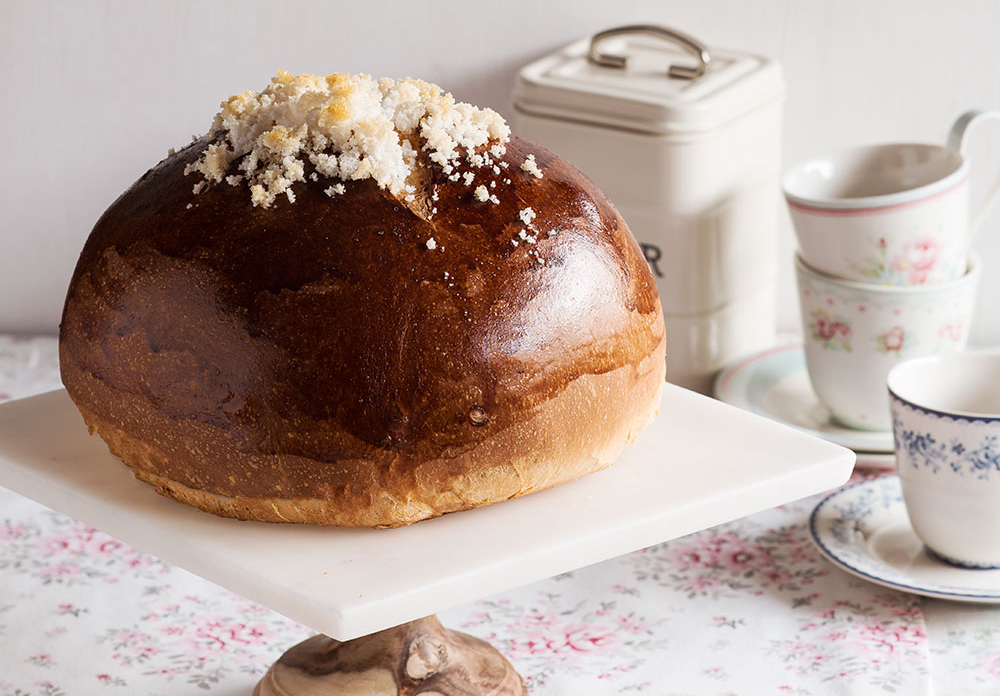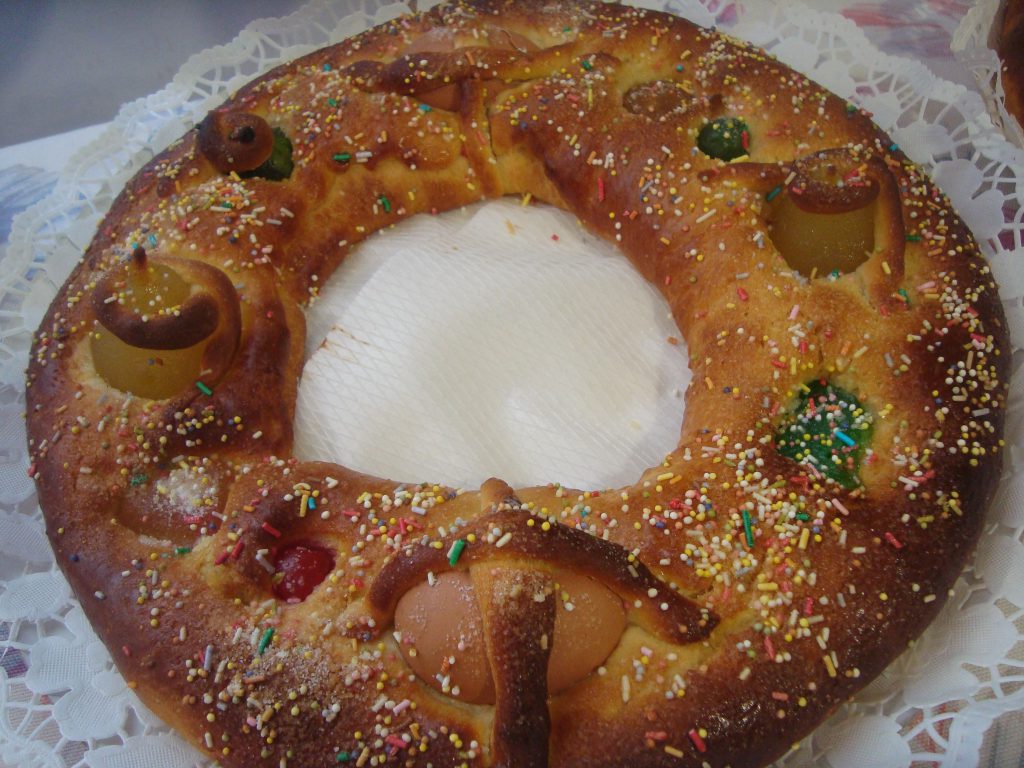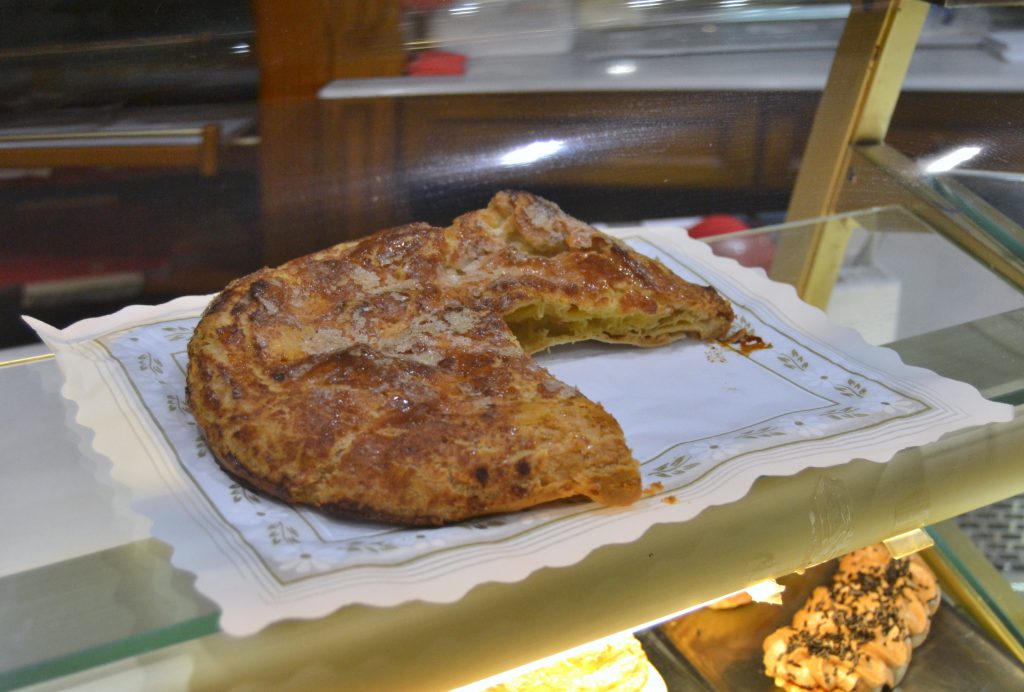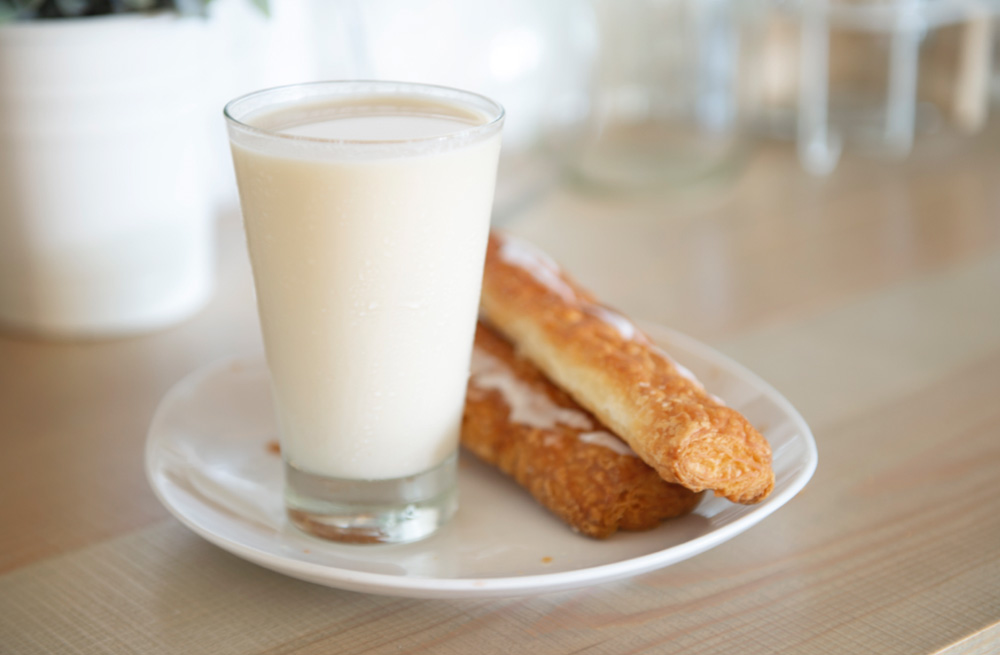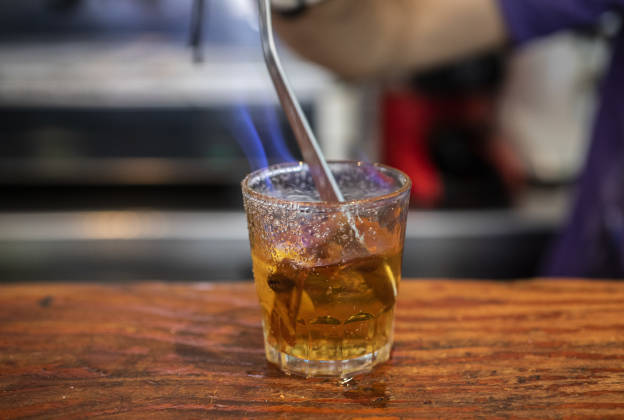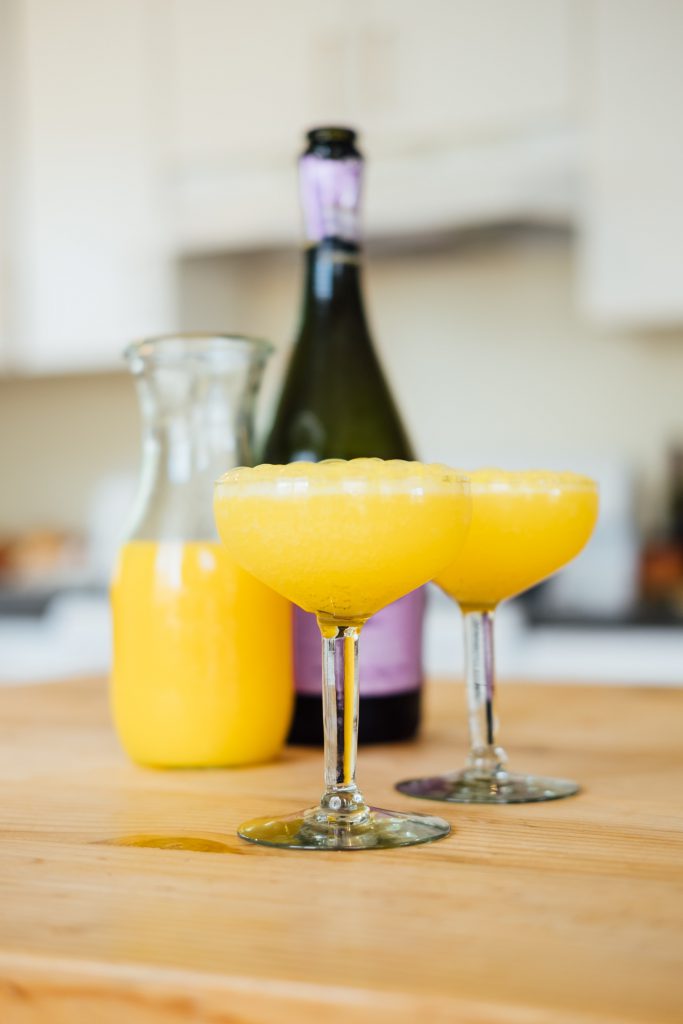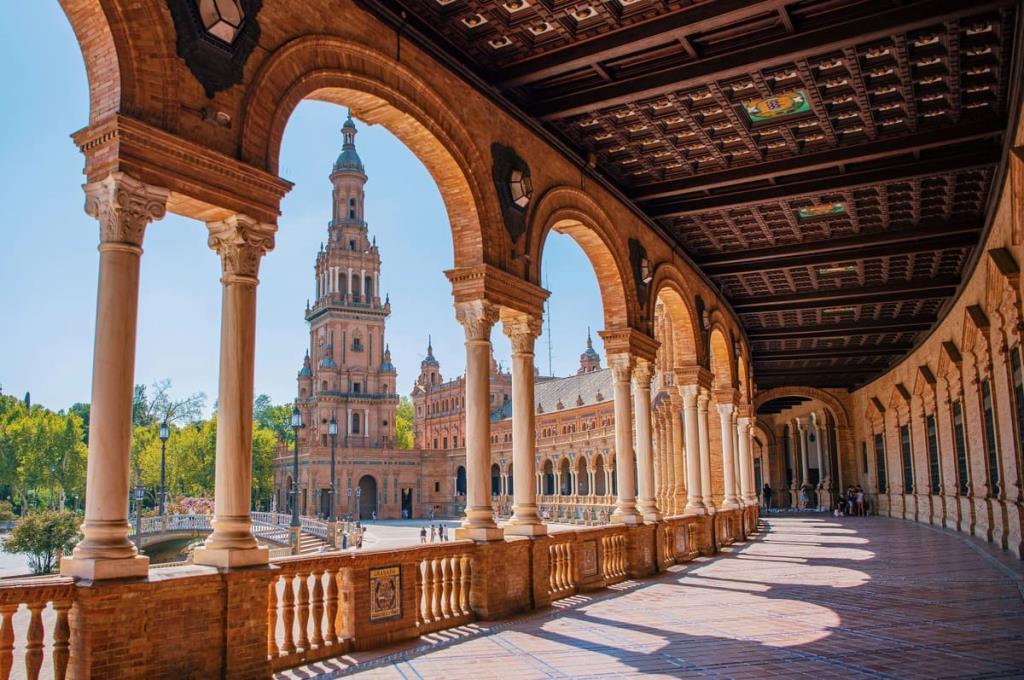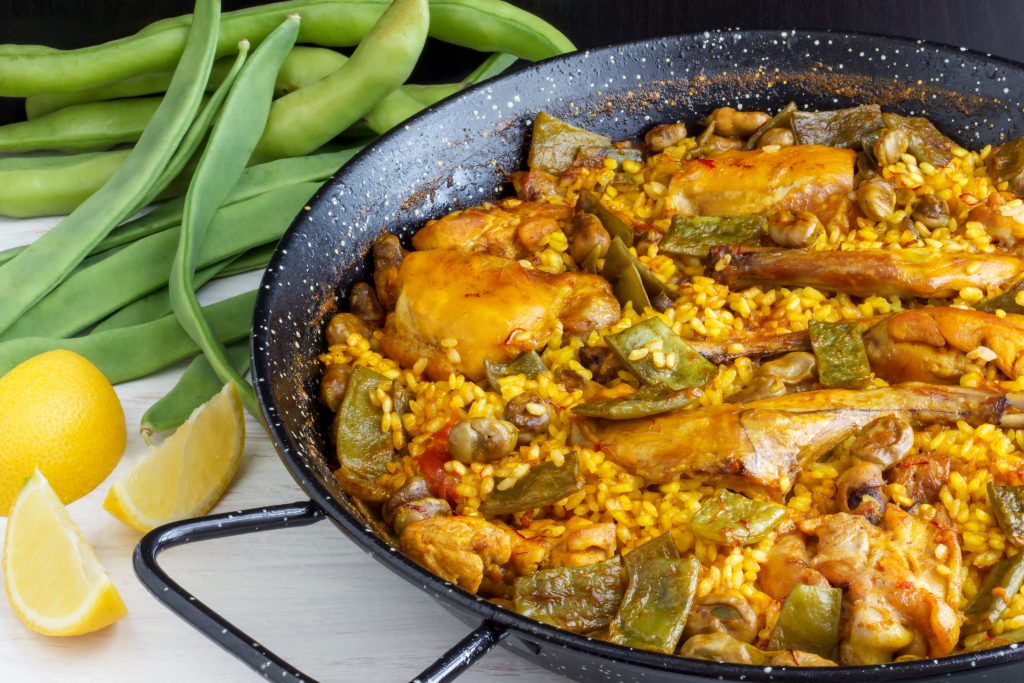
A guide to Valencian food: going beyond paella!

Wiber Rent A Car
We all know the omnipresent (and delicious) Valencian paella but, what other delicacies are hidden on this beautiful city? Well, turns out that Valencia is rich in flavours, so we have gathered a selection of the most typical foods from the city and its surroundings, to encourage you to try new food next time you visit Valencia. Let’s go!
Typical rice dishes in Valencian cuisine
Going beyond paella if Valencian cuisine is famous for something is for its great diversity of dishes made with rice. Right here we made a list of the most popular ones:
- Paella: The Valencian rice per excellence, so popular that it has extended all around the country, and even to other countries. Cooked in a paella (a special kind of pan that gives the dish its name), it comes with ingredients such as chicken, rabbit, garrofó beans, green beans and saffron, but the recipe can change depending on the area. It’s traditional to have it for lunch with your family or friends on Sundays.
- Arròs al forn (oven rice): A rice dish cooked in a clay pot with stew broth that comes with botifarra (blood sausage), chickpeas, tomato, potato, garlic and pumpkin or sweet potato, as well as pork meat (usually bacon, snout, and ear).
- Arròs amb fesols i naps (rice with beans and turnip): A popular dish for winter because it’s a soupy rice with beans and turnips that usually also has pork trotters and cheeks.
- Arròs a banda: A humble dish created by fishermen, made with fish broth and shrimp, although the fish and shrimp are eaten on the side (“arròs a banda” could be translated as “rice aside”). It has a characteristic yellow colour because it’s made with saffron and spicy red peppers, and it’s usually eaten with allioli (a typical sauce made with garlic and olive oil).
- Arròs negre (black rice):Its main ingredient is calamari, whose ink coats the dish, giving it its black colour. This rice is also cooked in a paella, with an onion and garlic sauté. It also usually comes with shrimp and cuttlefish, and it goes well with allioli.
- Arròs amb crosta (rice with crust): It comes with red and white sausage and botifarra, and depending on the area it can also have rabbit and chickpeas. Its particularity is that it’s made on the oven in a clay pot, but before putting it in the oven its covered with beaten egg, that will form a crust.
- Arròs del senyoret (gentleman rice): A rice made with fish that is special because every ingredient comes peeled and cut in tiny pieces, so it’s easy to eat.
Other typical dishes of Valencian cuisine
It’s not just from rice that Valencian people feeds! It’s usual to find many dishes made with vegetables from the garden, like the ones we are presenting now:
- Fideuà: A dish very similar to paella, but it’s made with pasta, a short, skinny variety of noodles, instead of rice. The most typical kind is the one made with fish broth to cook the noodles and stir-fried seafood.
- Esgarraet: A great starter that you can find in any bar in Valencia, sometimes with tuna jerky, but always with bread. Its ingredients are roasted red bell pepper cut in strips, flakes of salted cod, garlic, and olive oil.
- Olleta valenciana: : More commonly found on the inner side of the province, it is a strong stew made with different kinds of meat, like blood sausage, chorizo (spicy pork sausage), ham bone, pork or beef meat, bacon, and stew meatball. To this stew they add chickpeas, potato, turnip and other ground vegetables, and finally some rice. Usually, the broth is served separately after being strained, with a dish of the meat and vegetables on the side.
- All i pebre (garlic and pepper): “All i pebre” is usually the sauce, that also has potato, red spicy pepper, paprika, water and olive oil. However, you will find that it is very popular to serve this sauce with eel, although you can find versions of this dish with many kinds of fish.
- Aspencat: A dish that is similar to the Catalonian escalivada, it is made with red bell pepper, aubergine and onion, all roasted, and boiled tomato, everything cut in strips and accompanied with a good measure of olive oil, garlic and parsley.
Traditional Valencian sweets
What would be of any region without its portion of traditional desserts! If you only have time for breakfast or an afternoon snack, let us recommend you a few things that you should try in Valencia:
- Bunyols de carabassa (pumpkin fritter): If you come to Valencia during the Fallas festivities, you will find these in every street food stall, since these are very typical for these festivities. They are made with cooked pumpkin, flour, yeast, oil and sugar.
- Fartons: It’s a sort of elongated sweet bun, very soft and fluffy, covered with sugar. It was born in Alboraya, where it’s typical to have them soaked with horchata, although you could have them with hot cocoa or coffee.
- Coca de llanda (tin cake): A typicallly home-made sponge cake that is served for breakfast or as an afternoon snack. It can have almonds and grated orange peel.
- Panquemao or toña: A toasted, covered with sugar, bun with a very very spongy inside. It’s usually eaten with some hot cocoa.
- Mona de Pascua: A typical sweet for Easter, it’s traditional that the patrons of the children gift one to their godsons or goddaughters, although it’s also common to make them at home. They always have at least one boiled egg.
- Almoixàvena: The recipe has Arabian origins, and it was traditionally made the Thursday before the Carnival festivities, but now you can find it in any bakery of Xàtiva. It’s a dough made with butter and sugar that goes in the oven and can be accompanied with cream or other sweet sauces.
Typical Valencian beverages
A special section that we dedicate to Valencian people, since the famous horchata is something we can’t leave outside this list of gastronomical greatness, and we also have a couple of little surprises:
- Horchata: The most famous! Made with just water, sugar and chufas (tigernuts), it’s a delicious sweet drink that has extended all around the country. It is said that the best one is the one served in the town of Alboraya, in particular, the one that is served in Horchatería Daniel.
- Cremaet or carajillo: A coffee with a shot of liquor, but very special. In a clay glass you heat the alcohol of choice and it’s mixed with lemon peel, coffee beans and a piece of cinnamon stick. Then you set fire to the alcohol, mixing it all with a spoon with a long handle. Depending on for how long it burns, the drink will be softer or harder. Once it has been burning long enough, you pour in the coffee until the glass is full and… you get to enjoy it with slow sips, letting its flavours surround you.
- Agua de Valencia: It is known that this cocktail was created in 1959 by Constante Gil at the Café de Madrid of Valencia, having a great success in the 70s and becoming a regular drink in every pub in Valencia now. It’s made with sugar, gin, vodka and champagne or sparkling white wine, that are accompanied by Valencia’s star product that could not be missed in this list: orange juice. Some variations of this cocktails add rum or cider. We recommend you taste it at the Café de las Horas, where it’s said that they serve the best Agua de Valencia in the city.
And up to here go our typical food recommendations for Valencia. We hope that in your next visit to the city you are ready to try all of these delicacies, and if you want to keep on learning about Spanish gastronomy, you need to visit Málaga, that offers much more than pescaíto frito, and Mallorca, that with its pastries and traditional tarts will make you fall in love, from the belly to the heart. And remember that if you visit Valencia, you will be very close to Alicante, a beautiful town near the beach that you should visit, because in just a weekend you can see its highlights. We are waiting for you!

 EN
EN  Español
Español 